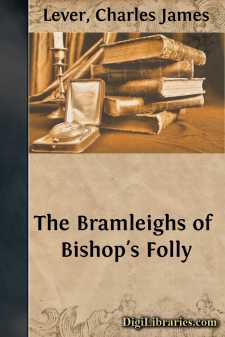Categories
- Antiques & Collectibles 13
- Architecture 36
- Art 48
- Bibles 22
- Biography & Autobiography 813
- Body, Mind & Spirit 142
- Business & Economics 28
- Children's Books 15
- Children's Fiction 12
- Computers 4
- Cooking 94
- Crafts & Hobbies 4
- Drama 346
- Education 46
- Family & Relationships 57
- Fiction 11828
- Games 19
- Gardening 17
- Health & Fitness 34
- History 1377
- House & Home 1
- Humor 147
- Juvenile Fiction 1873
- Juvenile Nonfiction 202
- Language Arts & Disciplines 88
- Law 16
- Literary Collections 686
- Literary Criticism 179
- Mathematics 13
- Medical 41
- Music 40
- Nature 179
- Non-Classifiable 1768
- Performing Arts 7
- Periodicals 1453
- Philosophy 64
- Photography 2
- Poetry 896
- Political Science 203
- Psychology 42
- Reference 154
- Religion 513
- Science 126
- Self-Help 84
- Social Science 81
- Sports & Recreation 34
- Study Aids 3
- Technology & Engineering 59
- Transportation 23
- Travel 463
- True Crime 29
Gerald Fitzgerald The Chevalier
Description:
Excerpt
CHAPTER I. THE THIEVES' CORNER
At the foot of the hill on which stands the Campidoglio at Rome, and close beneath the ruins that now encumber the Tarpeian rock, runs a mean-looking alley, called the Viccolo D'Orsi, but better known to the police as the 'Viccolo dei Ladri,' or 'Thieves' Corner'—the epithet being, it is said, conferred in a spirit the very reverse of calumnious.
Long and straggling, and too narrow to admit of any but foot-passengers, its dwellings are marked by a degree of poverty and destitution even greater than such quarters usually exhibit. Rudely constructed of fragments taken from ancient temples and monuments, richly carved architraves and finely cut friezes are to be seen embedded amid masses of crumbling masonry, and all the evidences of a cultivated and enlightened age mingled up with the squalor and misery of present want.
Not less suggestive than the homes themselves are the population of this dreary district; and despite rags, and dirt, and debasement, there they are—the true descendants of those who once, with such terrible truth, called themselves 'Masters of the World.' Well set-on heads of massive mould, bold and prominent features, finely fashioned jaws, and lips full of vigour and sensual meaning, are but the base counterfeits of the traits that meet the eye in the Vatican. No effort of imagination is needed to trace the kindred. In every gesture, in their gait, even in the careless ease of their ragged drapery, you can mark the traditionary signs of the once haughty citizen.
With a remnant of their ancient pride, these people reject all hired occupation, and would scorn, as an act of slavery, the idea of labour; and, as neither trade nor calling prevails among them, their existence would seem an inscrutable problem, save on the hypothesis which dictated the popular title of this district. But without calling to our aid this explanation, it must be remembered how easily life is supported by those satisfied with its meanest requirements, and especially in a land so teeming with abundance. A few roots, a handful of chestnuts, a piece of black bread, a cup of wine, scarcely more costly than so much water, these are enough to maintain existence; and in their gaunt and famished faces you can see that little beyond this is accomplished.
About the middle of the alley, and over a doorway of sculptured marble, stands a small statue of Vesta, which, by the aid of a little paint, a crown of gilt paper, and a candle, some pious hands had transformed into a Madonna. A little beneath this, and on a black board, scrawled with letters of unequal size, is the word 'Trattoria' or eating-house.
Nothing, indeed, can be well further from the ordinary aspect of a tavern than the huge vaulted chamber, almost destitute of furniture, and dimly lighted by the flame of a single lamp; a few loaves of coarse black bread, some wicker-bound flasks of common wine, and a wooden bowl containing salad, laid out upon a table, constituting all that the place affords for entertainment....












